Dell Announces Latest Precision Entry Level Workstations: Powerful 1U Rack and SFF Desktops
by Joe Shields on July 12, 2018 12:05 PM EST- Posted in
- Workstation
- Dell
- Precision
- Aquantia
- Core 8th Gen
- 10GbE
- Xeon E
- 5GbE
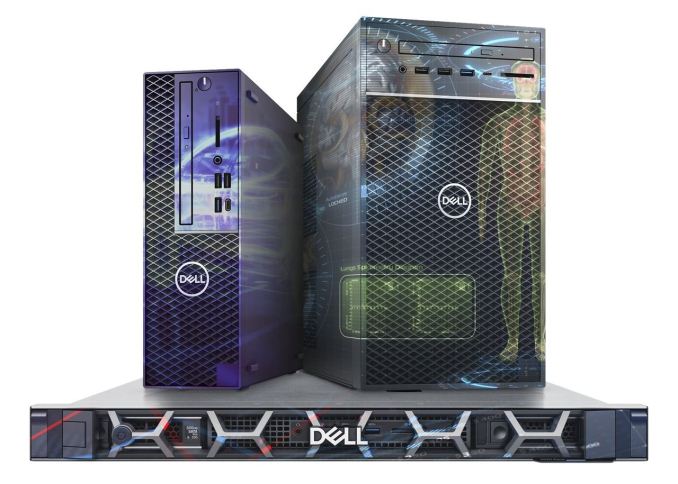
Today Dell has introduced new and updated lineups in their Precision entry-level workstation lineup. In this case, Dell has brought forth the Precision 3930 Rack (1U workstation), Precision 3630 (tower), as well as the Precision 3430 Small Form Factor Tower. The lineup will use i3/i5/i7 and Xeon E 8th Generation Intel processors as well as professional graphics from the NVIDIA Quadro and AMD Radeon Pro Graphics.
Dell 3930 Rack
To start, Dell's workstation racks have been in their portfolio since 2008 in 2U form. Dell says they love the rack format, but in most cases, it is overkill for the clients. The 2U racks previously used dual sockets with up to 56 cores, equipped with copious amounts of RAM, storage devices, and high-powered graphics. What Dell has done was to take the same architecture found in the mini-tower and placed it in a 1U sized rack. This way, users are able to move the desktop off the desk and increasing desk real estate which can be at a premium in many locations. Along with this shrink, prices start off lower as well. The 1U chassis itself uses a short-depth and narrow design for better rack density and a smaller footprint more suited for space-constrained workspaces with only a thin client sitting on the desk while this sits in the Data Center.
The 3930 Rack will offer users a single socket 1U rack solution with up to 20TB of storage including SAS, SATA, and PCIe interfaces. CPU options range from 8th Gen Intel Core processors in i3, i5, and i7, form along with Xeon processors from the E-2100 family. The platform uses dual channel UDIMM memory up to 64GB 2666MHz DDR4 Non-ECC (for Intel Core CPUs) and ECC (Xeon) RAM. Graphics options range from NVIDIA Quadro P2000 to P6000 cards for the mid-range to high-end while entry level consists of AMD Radeon Pro WX 4100 graphics or Quadro P400.
Communications are handled by an integrated Intel GbE and Aquantia 10 GbE Ethernet connections along with additional single port and dual port with 10 GbE cards optional. Since this is a rack design that isn’t intended to be on the desktop, remote access can be achieved with the optional Teradici PCoIP technology supporting dual and quad display zero clients.
| Dell Precision 3930 Rack | ||
| Warranty Period | 3 Year Limited Hardware + NBD On-site Service | |
| Product Page(s) | N/A | |
| Price | $899 | |
| Chipset | Intel C246 | |
| Memory Slots (DDR4) | Dual Channel UDIMM Up to 64GB DDR4 2666 MHz Non-ECC and ECC support |
|
| Network Connectivity | 1Gb Intel 10Gb Aquantia |
|
| PCIe Slots | 1 x PCIe 3.0 | |
| Onboard SATA | 2 x 3.5" or 4 x 2.5" |
|
| Onboard M.2 | 2 x PCIe 3.0 x4 | |
| Onboard U.2 | None | |
| USB 3.1 | 1 x Type-C (Front Panel) | |
| USB 3.0 | 2 x Type-A (Front Panel) 2 x Type-A (Rear Panel) |
|
| USB 2.0 | N/A | |
| Power Connectors | 1 x 24-pin ATX 1 x 8-pin CPU |
|
| IO Panel | 2 x USB Type-C/iGFX Display Port 1 x Remote Power Switch connector (for OEM) 1 x Serial Port 2 x RJ45 |
|
Pricing on the Dell Precision 3930 Rack starts and $899 and will be available worldwide from July 26th.
Dell Precision 3430 SFF Tower and 3630 Tower
The new Precision 3430 is a Small Form Factor tower measuring in with an internal capacity of only 8 liters with dimensions of 11.4” x 3.65” x 11.5”. Dell says this size is over 40% smaller than competitors in the market. The design is intended for space constrained workspaces that still need workstation-class performance. This market includes entry-level CAD users and offer users limited expandability but good enough for weekend work according to Dell. The goal is to pull these users into the workstation market where cost can be prohibitive.
The small unit supports 8th Generation Intel Core (i3, i5, i7, Pentium) and Xeon processors along with 64GB of 2666 MHz DRAM. Like the rack system above, the box supports both non-ECC and ECC RAM depending on the processor used. Graphics solutions for the 3430 include options from both the AMD and NVIDIA camps with AMD Radeon RX Pro WX 2100/3100/4100 to NVIDIA Quadro cards in the P400, P620, and P100. The chassis itself allows for up to 55W of graphics support (mostly due to thermal requirements of SFF systems). On the storage front, the SFF tower supports both SATA and M.2 PCIe NVMe based SSDs for up to 6TB of internal storage.
Communications are managed by an integrated Intel I219-LM GbE controller with optional Intel network cards and wireless/Bluetooth support. There is also a faster option available in the Aquantia AQtion AQN-108 5/2.5 GbE NIC.
For I/O ports the systems come with two USB 2.0 ports, a USB 3.0 port, and USB 3.1 Type-C port along with a universal audio jack and an optional SD card reader. On the back, there are two more USB 2.0 ports (with SmartPower), four USB 3.0 ports, two PS/2 ports for keyboard and mouse, as well as two DisplayPorts for video. There are options for Thunderbolt 3 connectivity as well.
The 3630 Tower differs in a few ways over its little brother, with the first being size. The 3630 measures in at 13.1” x 6.95” x 13.5” which is slightly larger all around. This design, Dell claims, is 23% smaller than its predecessor and is aimed to offer greater expandability without sacrificing power. There are also a few details that are different like ports and audio controllers as well. But for all intents and purposes, the chassis is larger offering greater expandability and capacity.
To that end, the 3630 supports the same processors and offers a much more powerful range of graphics cards, up to 225W in total. Options range from AMD Radeon Pro WX2100 to WX7100 with some dual card configurations possible. On the NVIDIA side of things, the Quadro options range from the P400 to the dual P4000 cards. Storage capacity is also increased over the 3430 to 16TB also using SATA and M.2 PCIe NVMe based storage solutions. Front and rear panel ports are similar with the 3630 using a separate microphone and headphone jack versus the combo on the 3430.
| Dell Precision 3430 and 3630 | ||
| 3430 | 3630 | |
| Warranty Period | 3 Year Limited Hardware + NBD On-site Service | |
| Product Page(s) | N/A | |
| Price | $649 | $649 |
| Chipset | Intel C246 | |
| Memory Slots (DDR4) | 4 DRAM Slots Up to 64GB DDR4 2666 MHz Non-ECC and ECC support |
|
| Network Connectivity | Intel I219-LM 10/100/1000 (multiple other options available) |
|
| Onboard Audio | Realtek ALC3234 | Realtek ALC3861 |
| PCIe Slots | 1 x PCIe 3.0 | 2 x PCIe 3.0 |
| Onboard SATA | 1 x 3.5" / 2 x 2.5" (Supports RAID 0/1) |
3 x 3.5" / 4 x 2.5" (Supports RAID 0/1/5/10) |
| Onboard M.2 | 1 x PCIe 3.0 x4 | |
| Onboard U.2 | None | |
| USB 3.1 | 1 x Type-C (Front Panel) | |
| USB 3.0 | 1 x Type-A (Front Panel) 4 x Type-A (Rear Panel) |
|
| USB 2.0 | 2 x Type-A (Front Panel) 2 x Type-A (Rear Panel) |
|
| Power Connectors | 1 x 24-pin ATX 1 x 8-pin CPU |
|
| IO Panel | 2 x USB 2.0 4 x USB 3.0 2 x PS/2 2 x DisplayPorts 1 x Optional (VGA, HDMI, DP, Type C w/ DP-Alt mode) 1 x RJ45 1 x Serial 1 x Audio 2 x SMA |
2 x USB 2.0 4 x USB 3.0 2 x PS/2 2 x DisplayPorts 1 x Optional (VGA, HDMI, DP, Type C w/ DP-Alt mode) 1 x RJ45 1 x Serial 1 x Audio |
Both the 3430 Small Form Factor Tower and the 3630 Tower are available as of today. Pricing starts at $649 for the 3430 and $649 for the 3630.
Related Reading:
- ASRock Rack Goes AMD: EPYCD8 Workstation Motherboard
- Zotac Prepares SFF Workstation with NVIDIA's Quadro, Intel's 10 GbE NICs
- The Supermicro X11SRA Motherboard Review: C422 based Workstation for Xeon-W
- MSI Unveils New Vortex Desktop Workstation and Updated Mobile Workstations



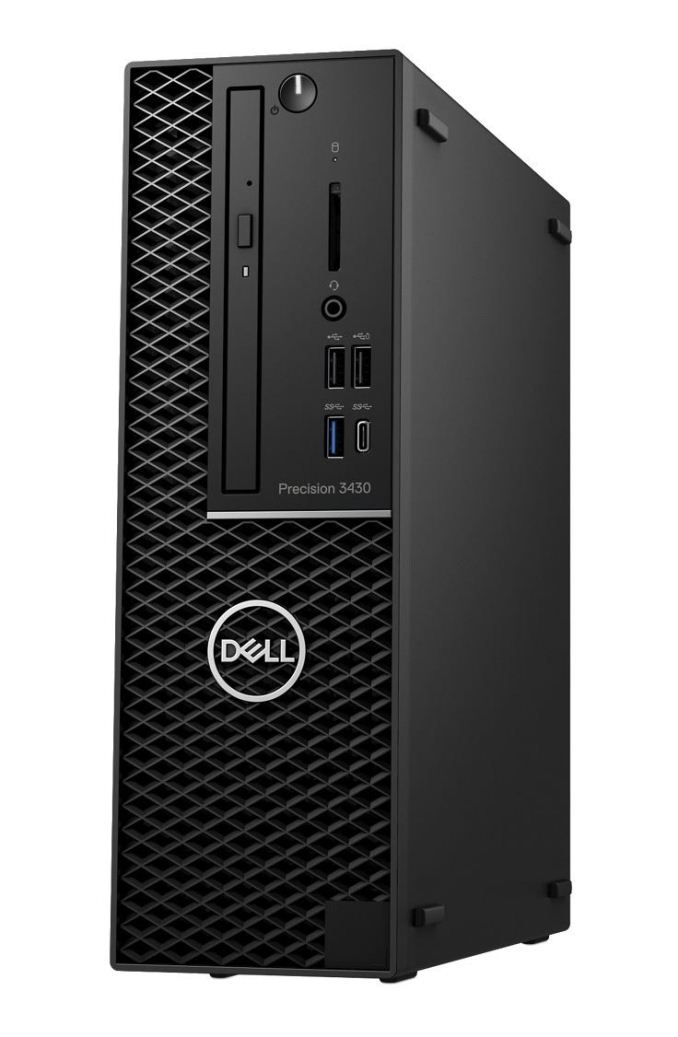
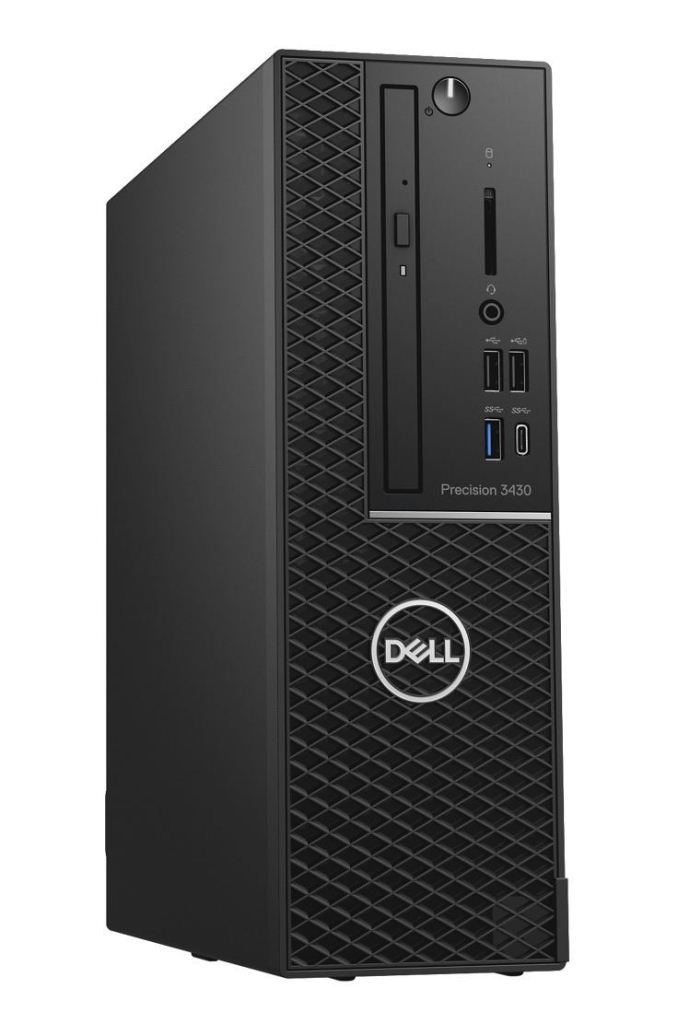
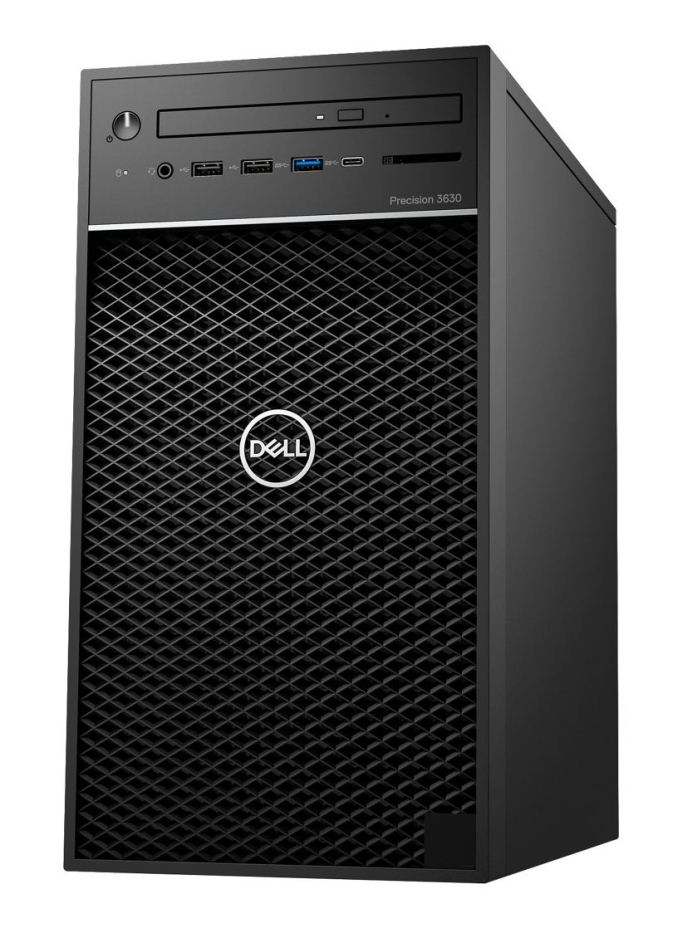
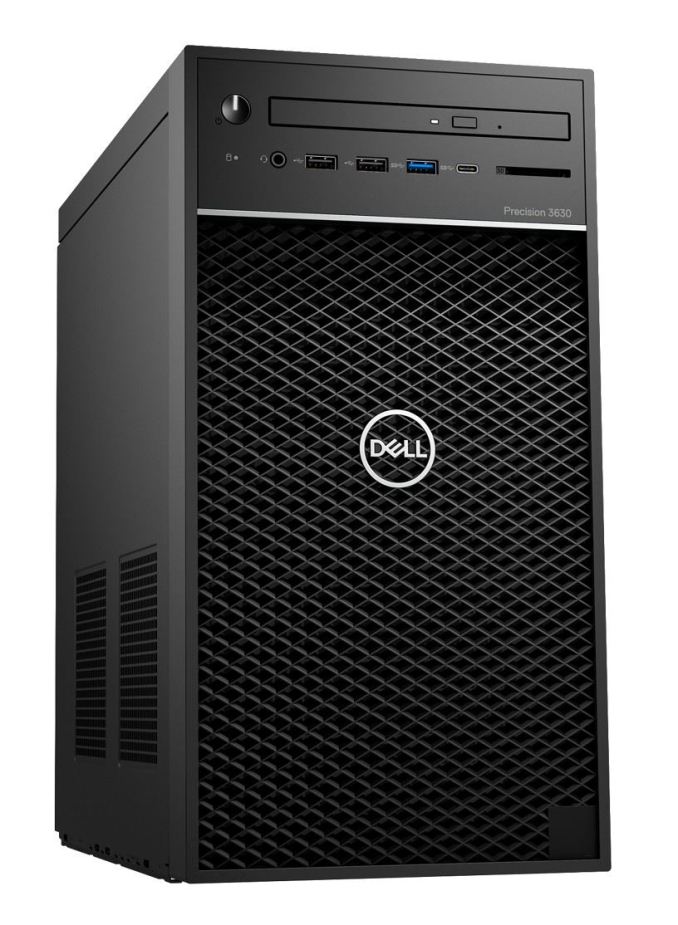








17 Comments
View All Comments
grahad - Thursday, July 12, 2018 - link
TFW Dell makes better looking cases than the RGB crazy case manufacturers atm.colinstu - Thursday, July 12, 2018 - link
THIS.fazalmajid - Thursday, July 12, 2018 - link
Not as nice as the BMW-designed HP Z series workstations, though.grahad - Thursday, July 12, 2018 - link
HP Z series are closer to the fugly RGB + TG + million angles cases than the elegant Dell ones here.Samus - Saturday, July 14, 2018 - link
Z series USED to look good. Dell definitely took the style crown. The whole company has really turned around. I'm still an HP guy at heart (although I can never forgive them for what they did to Palm) but Dell is still a solid recommendation. Dell support has always been excellent, it's just the quality (especially a decade ago) was severely lacking to the point the support could no longer justify it.You can draw a direct coorelation between Michael Dell leaving the company, it tanking, then him coming back to effectively save it with products like the XPS13 and recent Latitude\Precision workstations undercutting equivalent HP's by hundreds of dollars.
But both companies suffer from still using embarrassingly low-res TN panels in business products. The Latitude 5290 and EliteBook 840 are great examples of a fantastic notebook ruined with a TN panel. Even Lenovo doesn't pull that kind of shit, and Lenovo is the epitome of garbage.
piroroadkill - Wednesday, July 18, 2018 - link
Utterly awful TN panels have a business benefit - you don't need to waste time with privacy filters, because the viewing angles are terrible out of the box :Dpiroroadkill - Friday, July 13, 2018 - link
Right? I really like the fact even the reasonably sized towers are using slim optical drives - it's still handy, but that takes up way less space.And airflow... all that area on the front for intake...
twtech - Wednesday, July 18, 2018 - link
I know what you're saying - maybe it's that I'm getting old, but when I look at the look of many modern motherboards, cases, and even some RAM - they remind me of cheap plastic toys targeted at 6-year olds.DigitalFreak - Thursday, July 12, 2018 - link
What's with the weird paint job in the first pic?zeusk - Thursday, July 12, 2018 - link
That's not a paint job, that's a projection of some random marketing BS powerpoint.